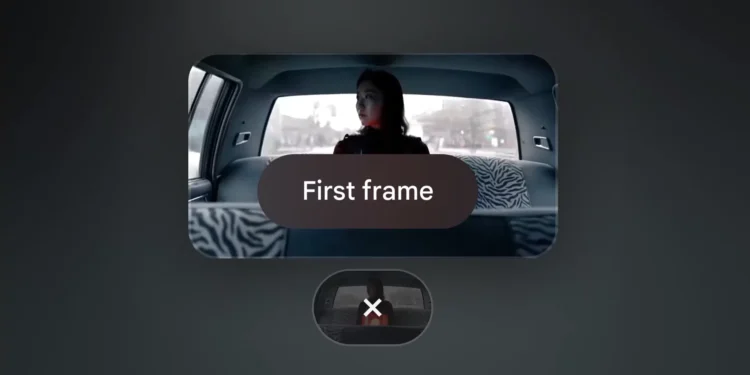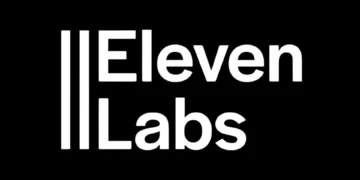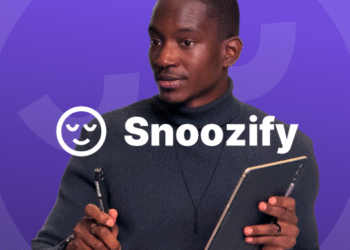In a digital landscape where video content dominates user engagement across platforms, Google has unveiled its latest innovation a dedicated AI video generation tool that promises to democratize high-quality video creation. This new offering represents a significant leap forward in content creation technology, potentially transforming how marketers, educators, and everyday users produce video content without extensive technical expertise or expensive equipment.
The Evolution of Google’s AI Video Journey
Google’s foray into AI video generation builds upon years of machine learning advancements across its ecosystem. Unlike previous attempts at automated video creation that often produced stilted, obviously synthetic results, this new tool leverages Google’s deep learning capabilities refined through projects like DeepMind and its image generation models.
The technology arrives amid growing competition in the AI generated content space. While competitors like RunwayML and Sora have offered specialized AI video solutions, Google’s entry brings its vast computational resources and user-friendly design philosophy to the challenge of creating realistic, customizable video content at scale.
Key Features and Capabilities
Google’s new AI video tool distinguishes itself through several innovative features:
Intuitive Interface and Workflows
The platform employs a remarkably straightforward design that guides users through the video creation process using natural language prompts. Rather than requiring complex technical inputs, users can describe their desired video in conversational terms for example, “Create a 30 second product demo for a smartphone with urban backgrounds and upbeat music.” The system then generates draft options based on these parameters.
Content Generation Options
The tool offers multiple input methods that provide flexibility based on user needs:
- Text-to-video generation: Create videos from detailed text descriptions
- Image-to-video expansion: Transform still images into motion sequences
- Style transfer capabilities: Apply specific visual aesthetics across video elements
- Audio synchronization: Automatically match generated visuals to narration or music
Technical Specifications
Early access users report impressive technical benchmarks:
- Resolution options up to 1080p (with 4K reportedly in development)
- Video length capabilities from 15 seconds to 3 minutes
- Rendering times averaging 2-5 minutes for 30-second clips
- Export formats including MP4, MOV, and web-optimized variants
Real-World Applications
The potential applications for Google’s AI video generation extend across numerous fields:
Content Marketing Revolution
For marketing teams, the tool offers a way to produce more video assets without expanding production budgets. E-commerce businesses can generate product demonstrations at scale, while service companies can create explainer videos with minimal resource investment.
Social Media Optimization
Social media managers can rapidly create platform-specific video content optimized for different aspect ratios and engagement patterns. The ability to quickly iterate on video concepts allows for more agile social campaigns and testing multiple creative approaches simultaneously.
Educational Possibilities
For educators and trainers, the technology enables the creation of instructional videos without professional production equipment. Complex concepts can be visualized through AI-generated animations and scenarios, making learning more accessible and engaging.
Limitations and Ethical Considerations
Despite impressive capabilities, several important limitations and concerns remain:
The technology still struggles with complex narratives requiring precise timing and emotional nuance. Highly specific brand aesthetics may require significant prompt engineering to achieve consistent results.
More critically, the tool raises familiar ethical questions about AI-generated media. Google has implemented several safeguards, including:
- Content filtering to prevent creation of violent, explicit, or misleading videos
- Watermarking and metadata tagging to identify AI-generated content
- User authentication requirements to maintain accountability
Nevertheless, questions about copyright (particularly regarding training data) and potential misuse for misinformation campaigns remain active concerns as the technology becomes more widely available.
Future Implications for Content Creators
Google’s entry into AI video generation signals a significant shift in digital content creation that will likely accelerate several trends:
The barrier to video production continues to lower, potentially leading to a higher volume but more homogenized visual landscape online. Content creators will increasingly focus on conceptual creativity rather than technical execution.
Integration with Google’s existing suite of products seems inevitable, potentially allowing seamless incorporation with YouTube, Google Ads, and Workspace applications to create end-to-end content solutions.
For professional video producers, the technology represents both challenge and opportunity potentially reducing demand for basic video production while increasing the premium on truly distinctive, human-crafted content that exceeds AI capabilities.
The Path Forward
Google’s new AI video tool represents an important milestone in content creation technology, yet remains part of a rapidly evolving landscape. As the tool moves from limited release to wider availability, its impact on creative workflows, media consumption, and digital marketing will become clearer.
For organizations and creators looking to stay ahead of technological trends, exploring this new capability offers valuable insights into the future of digital content. Whether this represents a complementary tool for existing video strategies or a transformative force that fundamentally changes production approaches will depend largely on implementation and continued development.
What’s certain is that the boundary between human and AI-created content continues to blur, creating new possibilities and challenges for creators in every domain.
Ready to explore AI video creation? Sign up for early access to Google’s new tool through their official AI testing program, or share your thoughts on how AI-generated video might impact your content strategy in the comments below.










